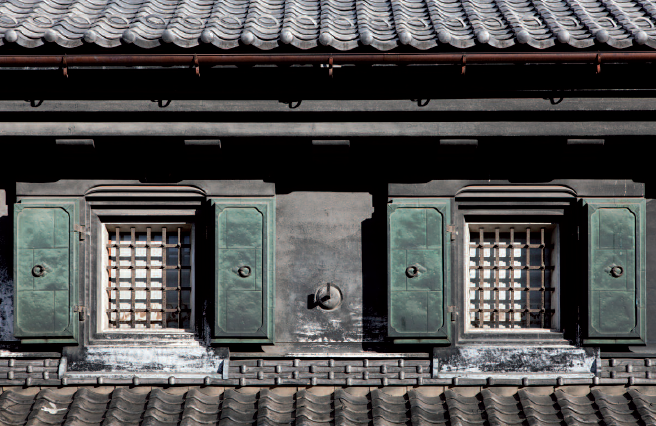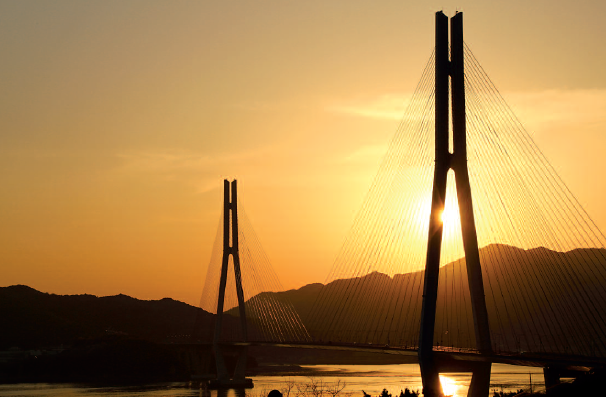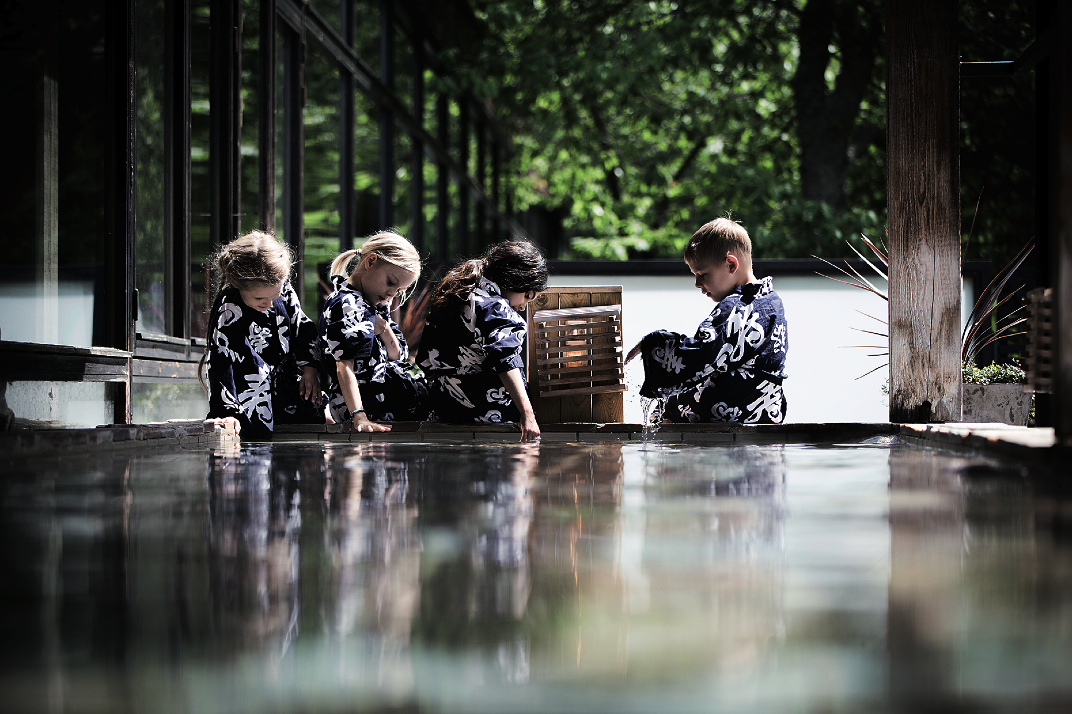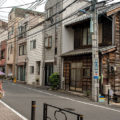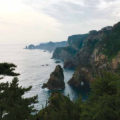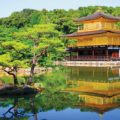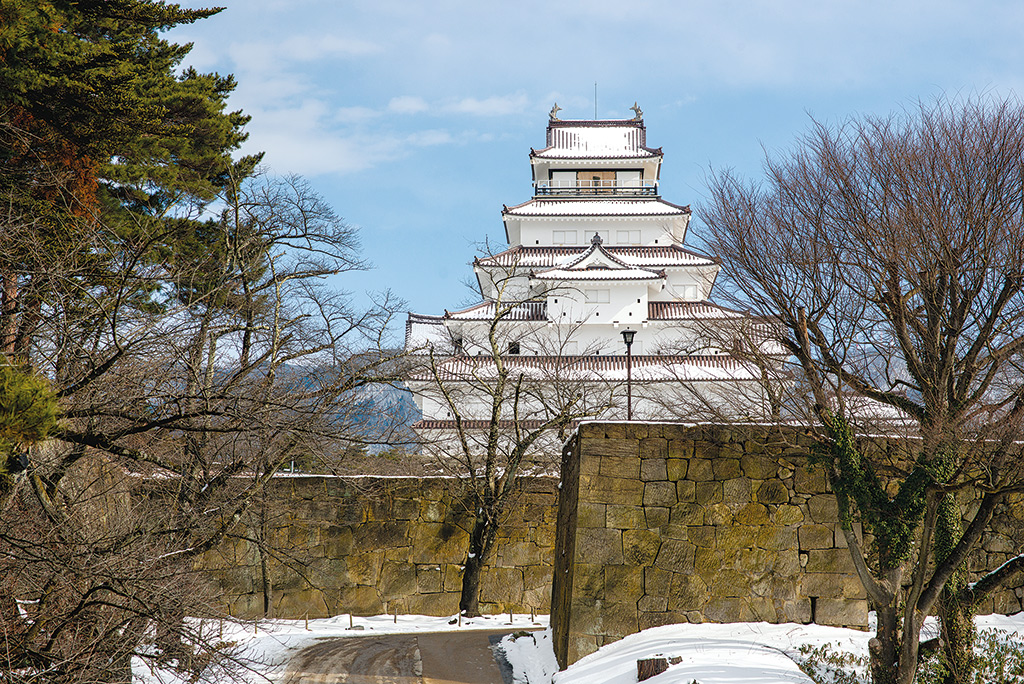

Famous for having resisted change in the late 19th century, the city maintains its image as a rebel city.
More than twenty years ago, the city of La Rochelle in France, chose as its slogan “beautiful and rebellious city”. The aim was to emphasise the beauty of the city and remind us of its history, which was turbulent to say the least. Aizu-Wakamatsu, situated in the centre of Fukushima Prefecture, could have chosen the same phrase to attract tourists in search of the truth about the difficult period of transition that took place at the end of the 19th century when the country was turning its back on the shogunate (hereditary military dictatorship) in order to restore the emperor to his rightful place. This gave rise to numerous acts of rebellion across the country, notably in Aizu-Wakamatsu. The Boshin War began in 1868 and was the main event of this period. It resulted in the destruction of Tsuruga-jo (8:30-17:00, 410 yen*), a castle built in 1384. An exact replica of the castle was eventually built in the mid-1960s. Like other similar buildings, it now houses a museum devoted to its glorious past. On the fifth (British fourth) and top floor of the castle, an outdoor observation platform with lovely views over the city has been built. With its traditional red-tiled roof, the castle remains a symbol of the rebel city where history lovers can discover the the crucial role played by the samurai.
No-one embodies this determination and spirit of sacrifice better than the White Tiger Brigade (Byakkotai), composed of around 305 young samurai who made their mark during this period of history. Some of them fought and even died for their beliefs. On seeing the castle in flames and believing their cause was lost, twenty of them decided to commit seppuku (ritualistic suicide), crying out, “the castle has fallen, we must follow our lord”. At the top of Mount Iimori, which overlooks the city and offers a wonderful panoramic view of the castle, visitors can find the tombs of the 19 young warriors who became symbols of the samurai spirit. Their story was recounted many times in films and on TV, which led to the city becoming a pilgrimage site for those yearning for a Japan inhabited by heroes ready to sacrifice themselves for their cause. Every year, on 24th April and 24th September, you can watch a sword dance performed by local students in a ceremony to commemorate this important moment in local history. It is also the location of Sazae-do Temple (8:15-17:00 and 9:00-17:00 from December to March, 400 yen*). A wooden statue of Ikudo, the Buddhist monk who built the temple, stands at its entrance. It is named after a sazae (sea snail) due to its unique internal spiral structure. Its double helix wooden staircase is similar to the Chambord Castle stone staircase in France, and allows visitors to go up and down without passing each other.
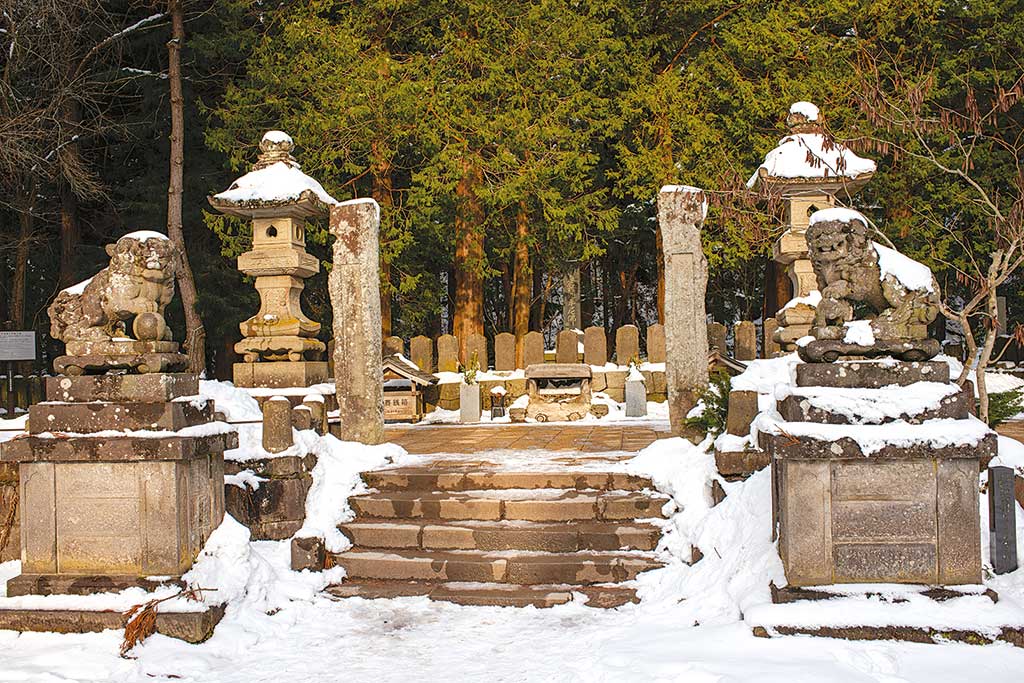
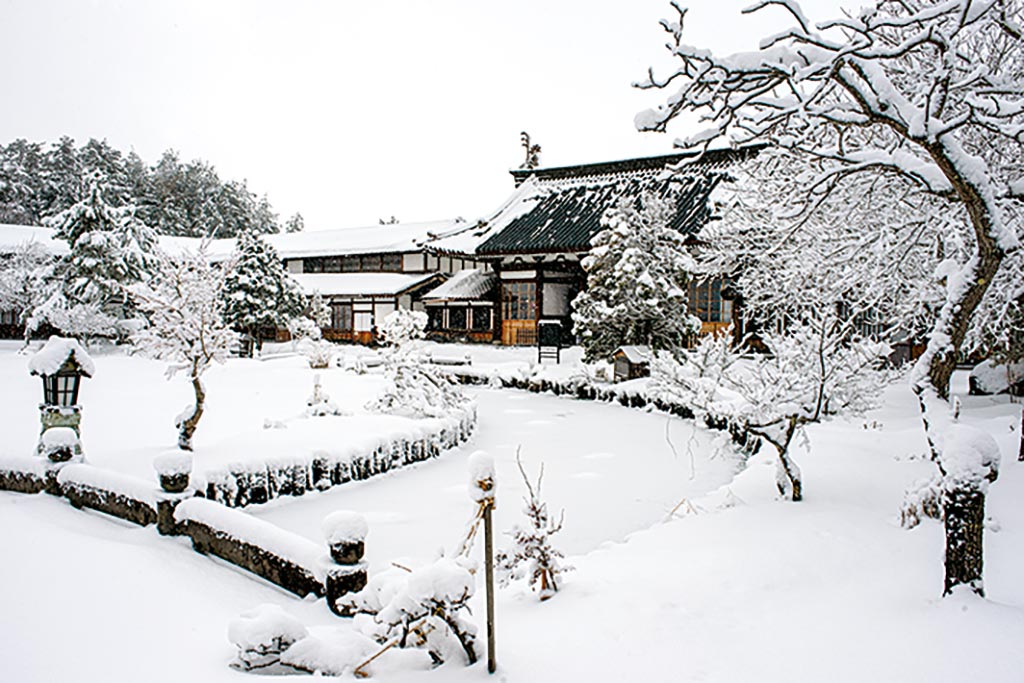
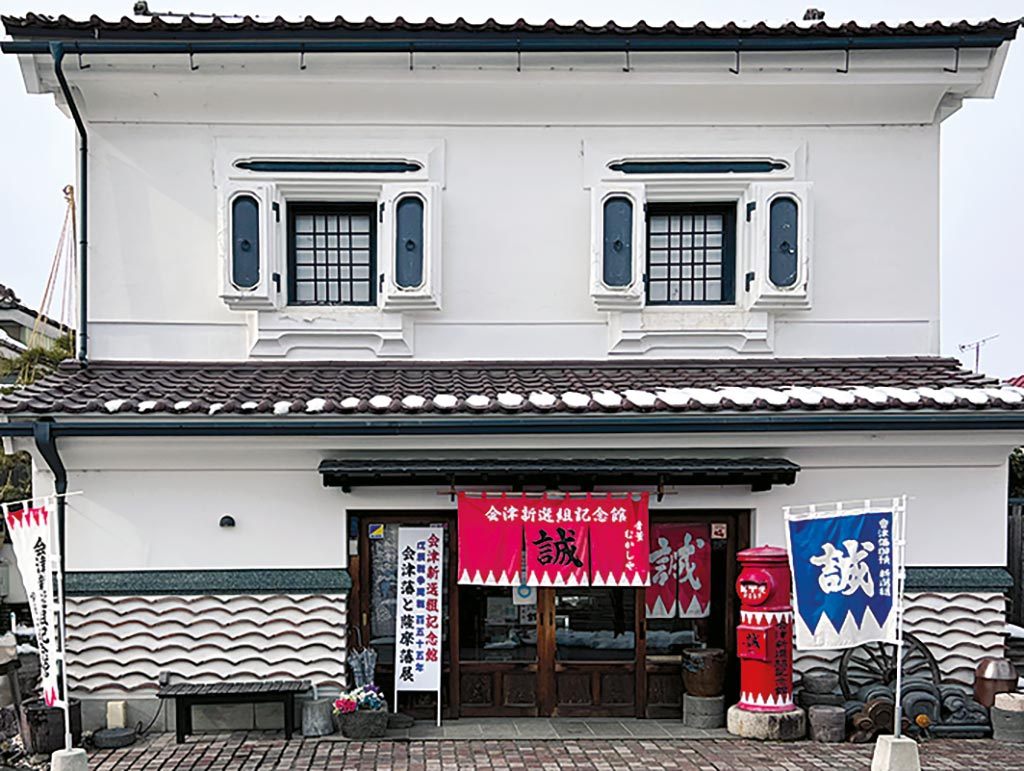
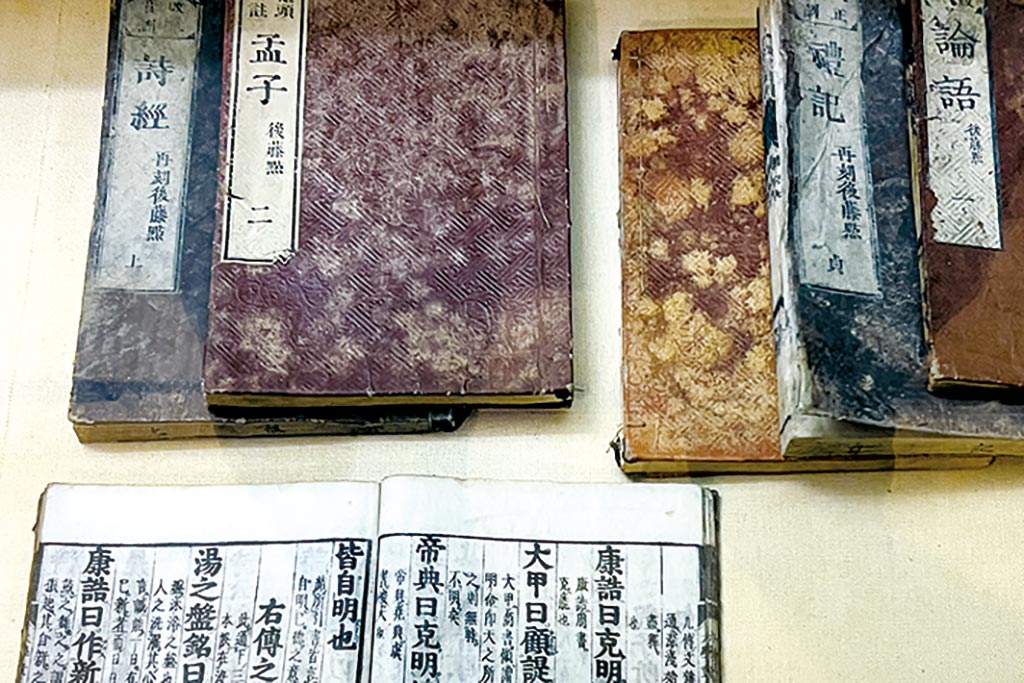
Looking at the imposing castle from Mount Iimori, you can understand the impression it left on those young people trained in the Aizu Clan School (9:00-17:00, 620 yen*), then situated in Nisshinkan, a small city that has since been absorbed into Aizu-Wakamatsu. Children studied there from the age of ten. They were taught academic subjects and took part in physical exercise including martial arts to instil physical and mental discipline. The school produced many talented graduates. Their education followed strict rules and was based on a philosophy inspired by the Chinese classics. The children were taught morality, one of the mantras being “to live virtuously without seeking gain”, which helps you understand the spirit of sacrifice displayed by those young people when they felt it necessary to commit themselves to the defence of the values they held to be most noble. Visiting Nisshinkan, you can sense this ethos through the activities on offer such as the Japanese martial art of kyudo (archery) and zazen (sitting meditation). You will not necessarily emerge with the heart and mind of a samurai, but you will feel that you have taken a step in the right direction by reminding yourself that one of the fundamental lessons was: “Do not do what should not be done”.
To continue the experience and understand the dynamics in play at the start of the Boshin War, you should visit the museum devoted to the Shinsengumi (10:00-17:00, 300 yen*), a special police force under the control of the shogunate, whose moral principles and regard for the bushido (the warrior code) made it notorious. Situated in a former warehouse built in 1889, in Nanogamachi Street, the museum is divided into two with an antique shop, Mukashiya, at street level, and the museum itself on the first floor. There, you will find ancient documents about the Aizu clan, the Shinsengumi and the armies that fought one another. There are numerous historical sites nearby: the tomb of Saito Hajime, head of the Shinsengumi, and Shimizuya Inn where Hijikata Toshizo, another member of the Shinsengumi, stayed.
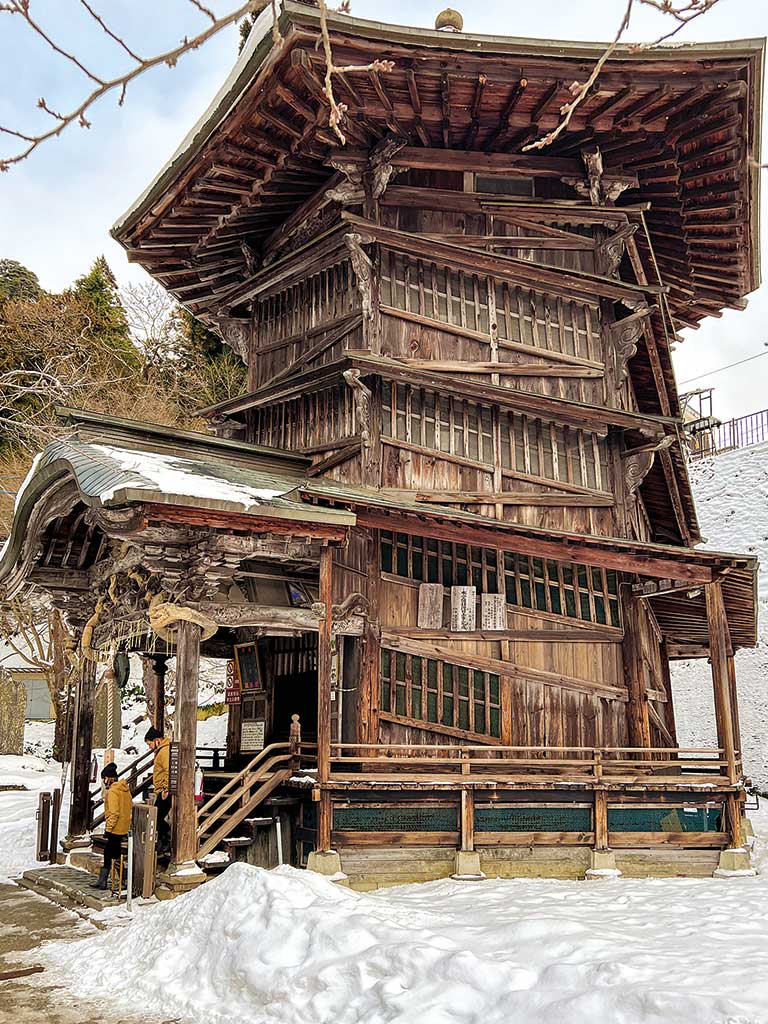
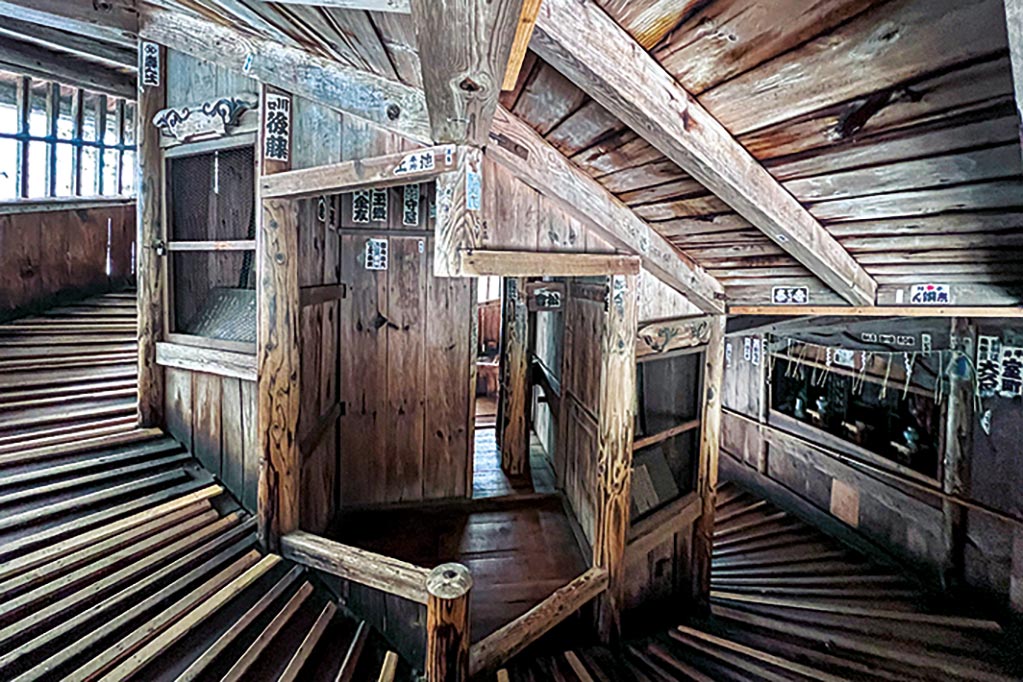
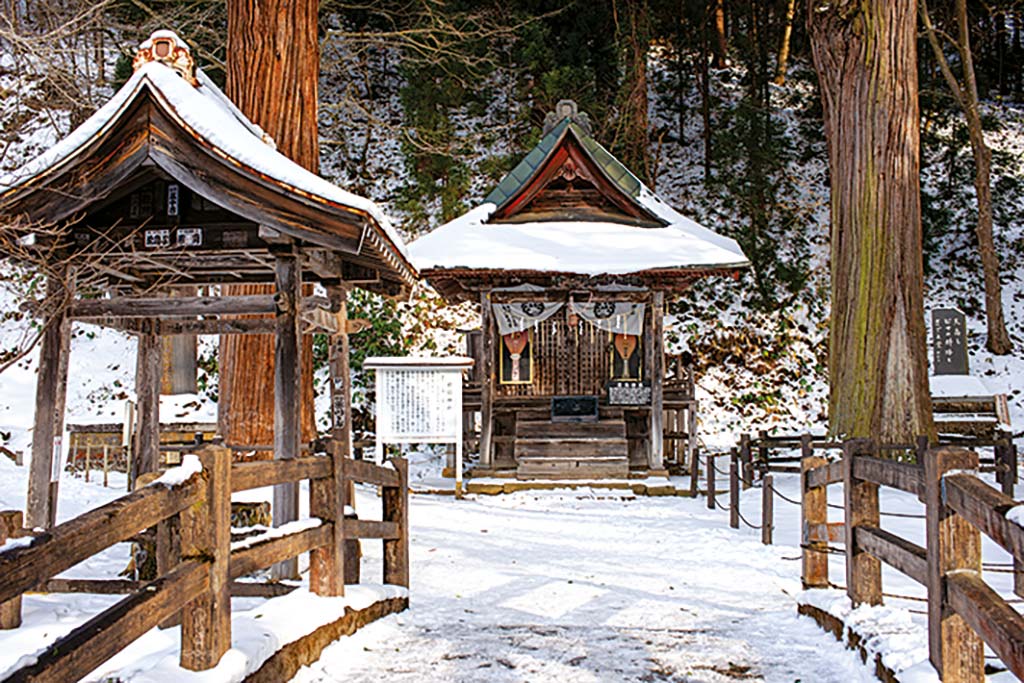
To dive a little deeper into the past, a time just before Aizu-Wakamatsu first expressed its rebellious spirit, you must visit Ouchi-juku. It was a staging post on the Shimotsuke Kaido road, one of the most frequented routes to get to Edo until the mid-19th century. Whatever the time of year, there are still many buildings preserved from that period to see in this magnificent setting. About a thirty-minute train journey from Aizu-Wakamatsu on the Aizu Railway line to Yunokami Onsen station, Ouchi-juku is the ideal place to end your Aizu-Wakamatsu voyage of discovery, especially as there are several hot water springs nearby to help awaken the rebel in you.
Odaira Namihei
To get there From Tokyo, take the Tohoku Shinkansen as far as Koriyama, then take the Ban’etsu-sai line to Aizu-Wakamatsu. It takes around three hours. *100 yen = approx. £0.60 (March 2023)


